Rise in Health Consciousness
The growing trend of health consciousness among consumers appears to be influencing the Eco Friendly Bottles Market. As individuals increasingly seek healthier lifestyles, they are also becoming more discerning about the products they use, including packaging. Eco-friendly bottles, often made from non-toxic materials, are perceived as safer alternatives to traditional plastic bottles. This shift is supported by market data suggesting that the demand for health-oriented products is on the rise, with consumers willing to pay a premium for sustainable options. Consequently, manufacturers are responding to this trend by developing innovative eco-friendly bottle designs that cater to health-conscious consumers, thereby driving growth in the Eco Friendly Bottles Market.
Growing Environmental Awareness
The increasing awareness regarding environmental issues appears to be a primary driver for the Eco Friendly Bottles Market. Consumers are becoming more conscious of their ecological footprint, leading to a heightened demand for sustainable products. This shift in consumer behavior is reflected in market data, which indicates that the eco-friendly packaging segment is projected to grow at a compound annual growth rate of approximately 5.5% over the next five years. As individuals and organizations alike prioritize sustainability, manufacturers are compelled to innovate and offer eco-friendly alternatives, thereby expanding the Eco Friendly Bottles Market. This trend suggests that companies focusing on environmentally responsible practices may gain a competitive edge, as consumers increasingly favor brands that align with their values.
Corporate Social Responsibility Initiatives
The emphasis on corporate social responsibility (CSR) is becoming a significant driver for the Eco Friendly Bottles Market. Companies are increasingly recognizing the importance of sustainability in their business models, leading to the adoption of eco-friendly practices. This shift is not merely a trend; it is becoming a fundamental aspect of brand identity. Market data suggests that businesses that actively engage in sustainable practices tend to enjoy enhanced brand loyalty and customer trust. As a result, many companies are investing in eco-friendly bottle production as part of their CSR initiatives, thereby contributing to the growth of the Eco Friendly Bottles Market. This alignment of business objectives with environmental stewardship is likely to continue shaping market dynamics.
Regulatory Support for Sustainable Practices
Government regulations promoting sustainability are likely to bolster the Eco Friendly Bottles Market. Various countries are implementing stricter regulations on plastic usage and encouraging the adoption of biodegradable materials. For instance, policies aimed at reducing single-use plastics are becoming more prevalent, which could lead to a significant shift in consumer preferences towards eco-friendly alternatives. Market data indicates that regions with stringent environmental regulations are witnessing a faster adoption of eco-friendly packaging solutions. This regulatory support not only incentivizes manufacturers to invest in sustainable practices but also enhances the overall market landscape for eco-friendly bottles, as compliance with these regulations becomes essential for market participation.
Technological Advancements in Material Science
Technological advancements in material science are poised to revolutionize the Eco Friendly Bottles Market. Innovations in biodegradable materials and recycling technologies are enabling manufacturers to create more sustainable products. For instance, the development of plant-based plastics and advanced recycling methods is enhancing the feasibility of eco-friendly bottles. Market data indicates that the introduction of new materials could lead to a significant increase in the availability of eco-friendly options, potentially capturing a larger market share. As technology continues to evolve, it is likely that the Eco Friendly Bottles Market will witness a surge in innovative products that meet consumer demands for sustainability and functionality.


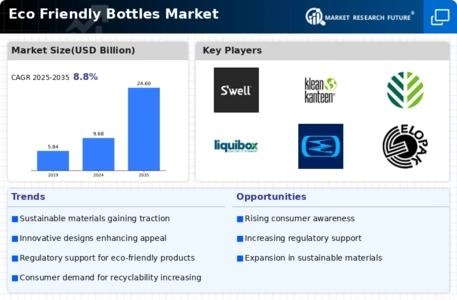
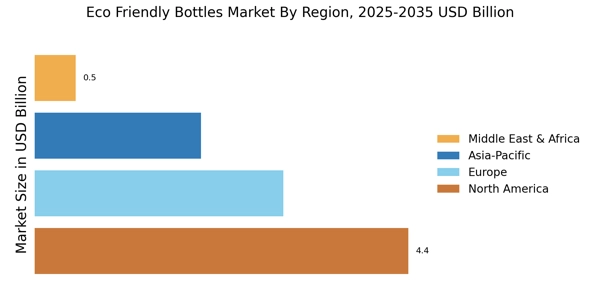
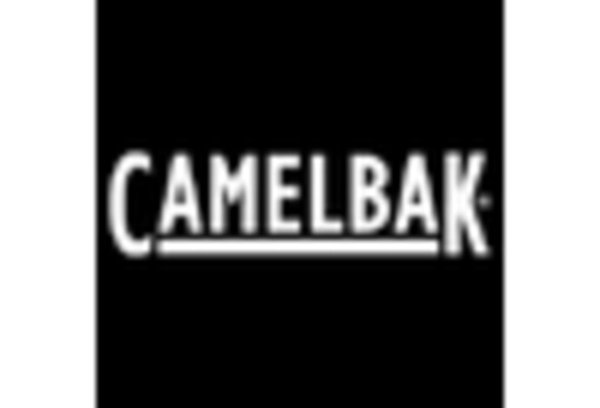

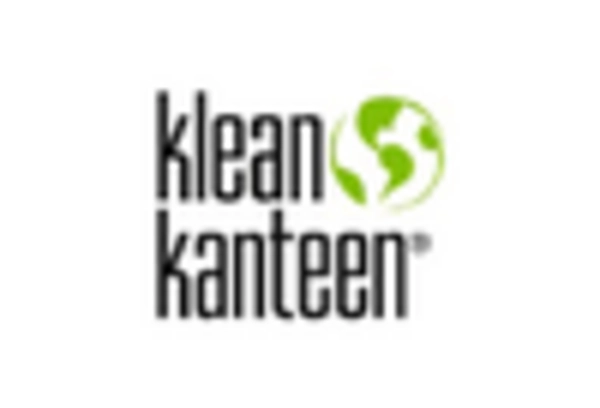


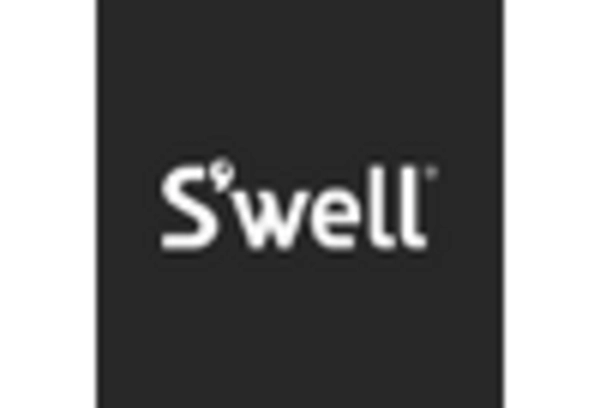








Leave a Comment